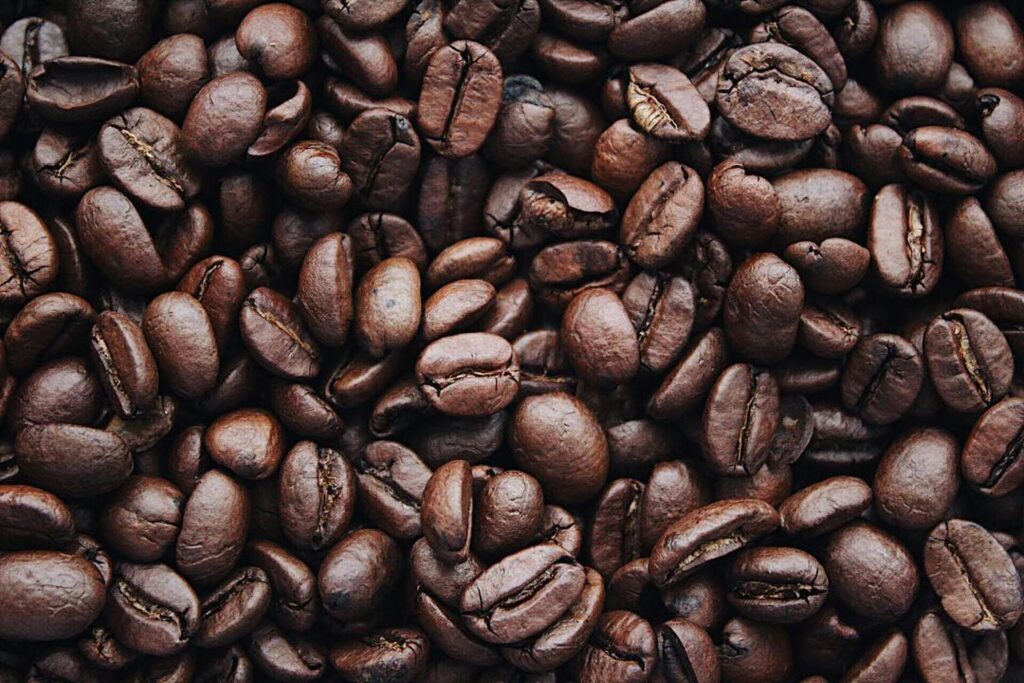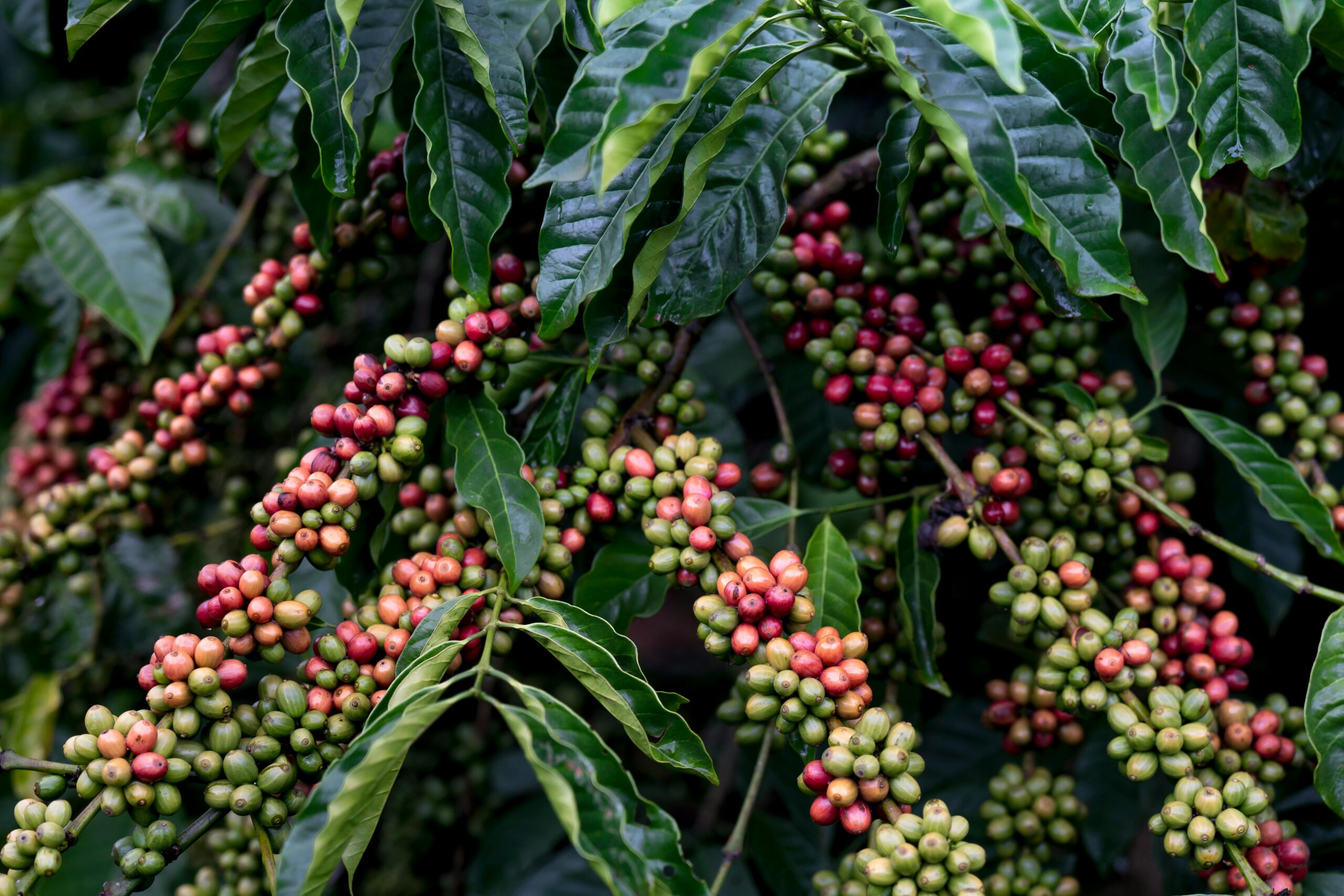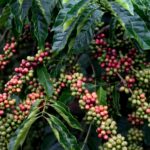Some Changes in the Way Non-Organic Coffee is Grown
With millions of people beginning their day with a freshly brewed cup coffee is among the most widely consumed drinks in the world. But not all coffee is cultivated the same. On the other hand non-organic coffee production is based on chemical farming, while organic coffee is based on strict guidance from nature.
They typically use synthetic fertilizers, pesticides, and mechanized farming to yield as much product as possible as efficiently as possible. This article discusses how non organic coffee is grown and why non organic coffee is bad for the environment among other things including the cost of conventional coffee farming.
Table of Contents
1.Selection of Coffee Plants
Non-organic farming of coffee starts with the choice of its plant varieties which are the most high-yielding and the most disease resistant. Farmers generally select hybrid varieties bred through genetic engineering or through selective breeding to be more resilient to pests and temperature fluctuations. Heirloom or indigenous coffee varieties are often preferred by organic farmers while commercial viability and efficiency take upper hand with nonorganic farming methods.
2.Soil Preparation and Soil Technology
Tons of land large swathes of it is deforested to create coffee farms. This often means deforestation clearing native tree cover and other forms of vegetation to make room for coffee monocultures.
Non organic farms use synthetic fertilizers to add nutrients like nitrogen phosphorus and potassium to the soil and improve its fertility. These fertilizers can speed up plant growth and boost crop yield but cause degradation of the soil over time if not managed properly.
3. Use of Chemical Fertilizers
Use of chemical fertilizers is one of the fundamental differences between non organic and organic coffee farming. Non organic coffee farms utilize chemical fertilizers like urea ammonium nitrate and potassium chloride to encourage rapid growth and fruiting.

These inexpensive fertilizers lead to predictable yields but have long lasting effects on soil. Censorship of chemical fertilizers leads to soil nutrient depletion soil organic matter depletion and lower soil fertility in the long term.
4.Pest and Disease Control
Many pests and diseases threaten coffee plants including coffee borer beetles leaf rust and nematodes. To protect against these threat synthetic pesticides fungicides and herbicides are used on non-organic coffee farms.
They are typically treated in the following ways chemically
- Insecticides such as chlorpyrifos and cypermethrin to eliminate coffee borer beetles and other pests.
- Fungicides including copper based materials for protecting against fungal diseases like coffee leaf rust.
- Herbicides such as glyphosate to destroy weeds that vie with coffee plants for nutrients.
- These chemicals help protect crops and enable high yields but can contaminate water sources kill beneficial insects and have been linked to health effects in farmworkers.
5.Water and Irrigation Management
Conventional coffee farms do depend on irrigation systems to provide a consistent supply of water especially in regions that dry seasons. While organic coffee farms rely on natural rainfall and shade grown methods that preserve water conventional coffee farms can consume gallons of water through mechanized irrigation says Kate Walker director of sustainability at Neumann Kaffee Gruppe.
This can put pressure on local water resources and can cause environmental problems like reduced water supply to neighboring populations.
6.Harvesting Process
When it comes to non-organic coffee its generally collected in two different methods:
Hand picked Workers selectively hand pick ripe coffee cherries for quality. This is a labor intensive method but still widely used by many non organic farms.
Mechanical Harvesting In industrial coffee farms, machines are used to strip coffee cherries from the trees. This method is effective however it is non selective collecting ripe and unripe cherries alike which compromises quality of the resulting product.
7.Processing Methods
After harvesting, coffee cherries must be taken through processing to be able to extract the beans. Conventional coffee plantations commonly utilize one of two processing methods:
Wet Processing Using machines, the outer layer of the cherries are removed before being fermented in water to remove the mucilage before being dried.
This process uses a lot of water, which can lead to water pollution if not treated.

Dry Processing (Natural Coffee): It involves sun drying the cherries before removing their outer layers. This method is more water-efficient but it takes up vast drying land and needs better climate conditions.
8.Soil Degradation In Non-Organic Coffee Farming
While coffee grown without these practices is more conducive to productivity it poses several environmental challenges
Deforestation: Many non organic coffee farms are grown in sun exposed areas that need to be cleared of forests. That drives habitat loss and lowers biodiversity.
Soil Fertility Loss: The overuse of synthetic fertilizers and chemicals leads to soil degradation, which reduces soil fertility in the long run.
Water Contamination: Pesticides and fertilizers runoff can pollute streams and groundwater sources, disrupting local ecosystems.
Carbon Footprint: Greenhouse gas emissions due to mechanized farming and chemical application translate to higher carbon footprints of the industry.
9.It is all just economic and social considerations.
They rarely target the goal of gaining the highest quality and absolute accuracy. Although it gives higher yields and can be less expensive for large-scale producers
it has some disadvantages:
Low Wages for Laborers: Many laborers on non-organic coffee farms are paid very little and work under terrible conditions particularly in countries that have little labor regulations.
Economic Instability for Farmers: The large scale cultivation of non organic coffee results in fierce competition among growers causing price volatility and economic uncertainty for smaller farmers.
Health Risks: Farmworkers who are exposed to synthetic pesticides and chemicals may suffer health concerns with respiratory ailments and skin conditions being the most prevalent via sick building syndrome.
10.Final thoughts: Non-organic coffee — what’s the compromise ?
However a major proportion of global coffee production relies on non organic coffee farming which is why the world can enjoy low cost high yield coffee. But it also poses major environmental social and health challenges.
The extensive use of synthetic fertilizers pesticides and deforestation not to mention monocropping all have their problems for sustainability and long-term soil health pattern.
Organic coffee is grown using natural farming practices that minimize the use of chemicals these are favored by consumers who care about environmental sustainability ethical sourcing or simply do not want chemical-laden crops. But organic isnt the most common choice for most as its not always easy to find and too expensive for some.







2 thoughts on “How Non-Organic Coffee is Grown 2025”